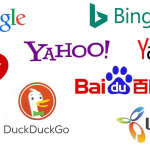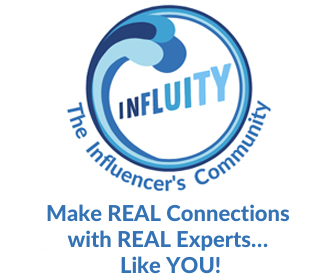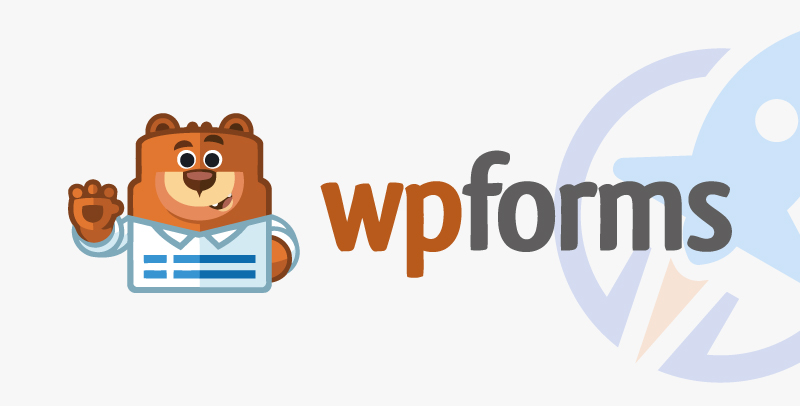Most B2B marketers use generative AI, even many of our clients. That’s right – our clients use generative AI and still hire a content writing agency.
Generative AI has more uses than generating entire blog posts. Most B2B marketers don’t even use generative AI for writing final drafts of blog posts.
Learn six ways B2B marketers can benefit from generative AI for marketing to their high-value clients.
Pros and Cons of B2B Generative AI for Marketing
Generative AI tools like ChatGPT use prompts to generate responses. Using these tools is like having a conversation with a robot. You must use precise language. The tool will create responses based on the content it studied. Most tools study online content, such as leading websites and blog posts.
Because it studies what has been written, its answers tend to have a pattern and reflect what is popular.
The pros to using generative AI are it can scour much more data than a human writer could.
The downside of generative AI is that it can only pull ideas that others have already had. And since it relies on content already out there, it can often be biased if the leading content is biased. In addition, it can also be inaccurate if it pulls information from a site that doesn’t use accurate data.
Because of the cons, brands must be careful when using generative AI. B2B brands need to take extra precautions since they often work with clients with a much higher standard of accuracy than B2C brands deal with.
Just because generative AI has several shortcomings doesn’t mean you must toss it out altogether. On average, 71% of B2B brands use AI B2B marketing to manage the sales process, including nurturing their clients through content.

Image from HubSpot
6 Generative AI Use Cases for B2B Marketing
We will explore six ways that generative AI can help B2B marketers who want to keep their content on a higher level to relate to their business clients.

Image from Content Marketing Institute
1. Brainstorming New Topics
According to the Content Marketing Institute, over half of B2B marketers use AI to brainstorm new topics. This is the top use case for B2B marketers.
Often, coming up with ideas is the hardest part of content creation. Once you have an idea, you can research what others wrote for inspiration and perform keyword research to find a unique angle. However, you can’t move forward until you first have a quality, traffic-driving idea.
Generative AI can be a valuable source of new topics. It can search thousands of ideas floating around online based on what your audience is looking for. It can then collect those ideas into a convenient summary for you to review.
While AI can brainstorm ideas, you will not want to remove your content strategist from the mix. Generative AI is like your Instacart shopper who brings all the ingredients to your house. You still need someone to unload and organize those bags on the shelf.
In the same way, AI brings the topics to your strategist, but the strategist must run those ideas through research tools to find which ones relate to the audience and bring in the most valuable traffic. Generative AI just improves the efficiency of the process by giving the strategist a starting point.
2. Researching Content Components
Since we are talking about SEO keywords, let’s dive deeper into that topic. Did you know generative AI can also help with finding keywords?
It doesn’t replace keyword research tools but can summarize topic ideas into root keywords. You can then search these keywords to find more specific keywords with a higher traffic potential and less competition.

In addition to aiding in keyword research, you can use it to help generate headline ideas. When you input your keyword into a tool like ChatGPT, it will generate several headlines around that keyword. We don’t recommend using those headlines exactly as AI provides them. Most of those headlines are generic and use similar syntaxes.
Instead, you can use those headlines as inspiration. Flip a few words around or switch them out for synonyms to create a strong, optimized headline that stands out from others on a search results page.
3. Writing Drafts
About 45% of B2B marketers use generative AI to write drafts, according to the Competitive Marketing Intelligence (CMI) report.
AI is most effective for the first draft, not the final drafts. About 27% of marketers don’t trust what AI writes. Even if they don’t trust the output as a final draft, that doesn’t mean it isn’t helpful for the brainstorming draft.
This is the draft where you spew words out as fast as you can think just to add words to a page and provide a framework for writing.
This stage is rough and should never see the light of day. However, you must put your ideas on paper before you can organize them into a coherent whole that your business readers will want to read.
AI can help with the spewing of words onto paper. When you type a topic into generative AI, it provides an outline and may even write some great starting points.
If you want to write industry-leading content, you shouldn’t stop there. Those points will reflect what others in your industry already covered. You want to add originality. More importantly, you want to add industry expertise and personal experience (review Google’s E-E-A-T guidelines to see why personal experience is crucial to Google ranking).
Because you want that added depth and originality to your content, you will take your AI-generated rough draft and rewrite it into a 100% fresh draft. The final draft will only have a shadow of the original AI in the form of the outline or a few ideas it suggested.
4. Outlining Assignments
Outlining assignments ranked lower than writing drafts for how B2B marketers use generative AI. Marketers often write their outlines based on what they want covered. Those outlines are what they input into AI to write that first rough draft. By having a human write the outline, you can guarantee it is on track with your brand and goes in the direction you need it to.
However, if it’s a new topic or you don’t have a specific direction you want to go, you can ask ChatGPT to craft an outline for you. The outline will look very similar to the structure others wrote. You will still want to tweak it if you want to create unique content. Most importantly, you will want to optimize the headings to include your keywords to improve your SEO ranking.
5. Proofreading Content
Humans make errors — even human editors. Having AI help proofread your content can help catch those errors. For example, Grammarly can catch minor punctuation and grammar errors or provide suggestions to improve text.
While Grammarly does provide an added safety net, writers should never replace their human editors. AI makes mistakes. It often suggests word substitutions that make NO sense whatsoever. It also does not account for stylistic choice. Like. When. You. Want. To. Emphasize. A. Phrase. It would mark that sentence wrong, even though the writer chose it to make a point.
That’s why Grammarly works best alongside human editors, not as a replacement.
6. Generating Media
Have you ever struggled to find the perfect image? You might see a photo with the correct scene, but the people are the wrong age for your demographic. You might be marketing to medical professionals, but the images are for the wrong medical field.
Generative images and media always provide the perfect image. Almost. You can input specific instructions for the demographic to ensure it looks just like the key decision-makers in your industry. Then, generative AI will create an image that meets those qualifications.
While this is a helpful tool, it has its limitations. As the following image shows (what is going on with the laptop logo and its feet?), AI isn’t perfect, and you may still need to consult your favorite media agency for those images and limit the use of AI image generation.
Keep Your Generative AI for Marketing on Track
While generative AI works well for many B2B marketing uses, it’s imperfect. It’s a tool your human writers, editors, and designers can use alongside their personal experience. Generative AI in B2B marketing can improve productivity and improve the efficiency of your content creation process. However, only human authors infuse authority, experience, and originality into your B2B content.
If you’re ready to level up your B2B content, reach out to Express Writers. We have human writers who will complement your AI processes so you can benefit from the best of both worlds.
Check out our specialty blog packages for our top human-written content services.
The post 6 Ways B2B Marketers Use Generative AI for Marketing appeared first on Express Writers.














